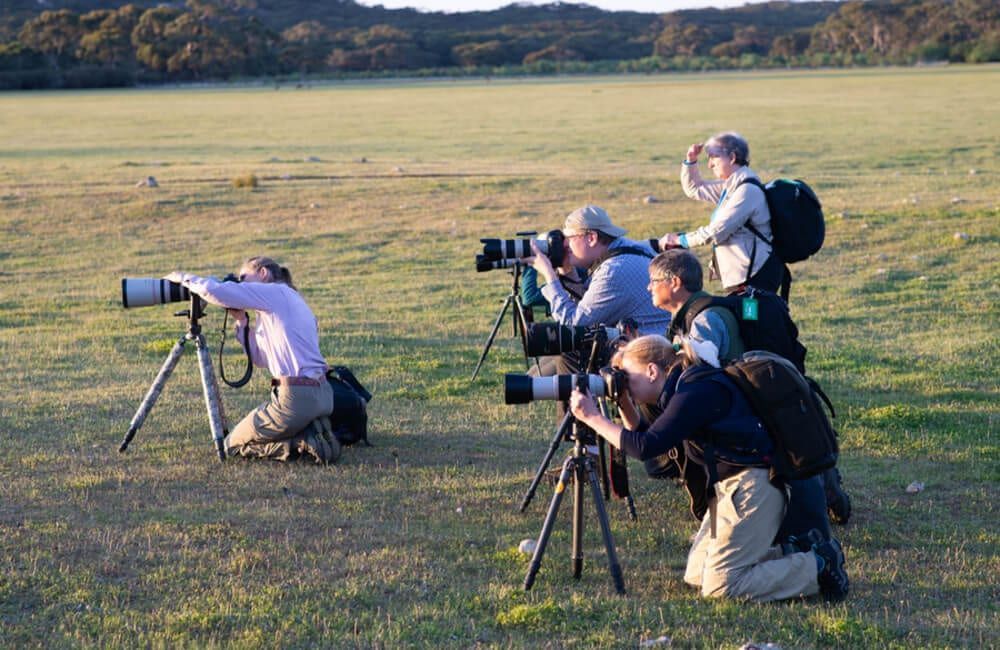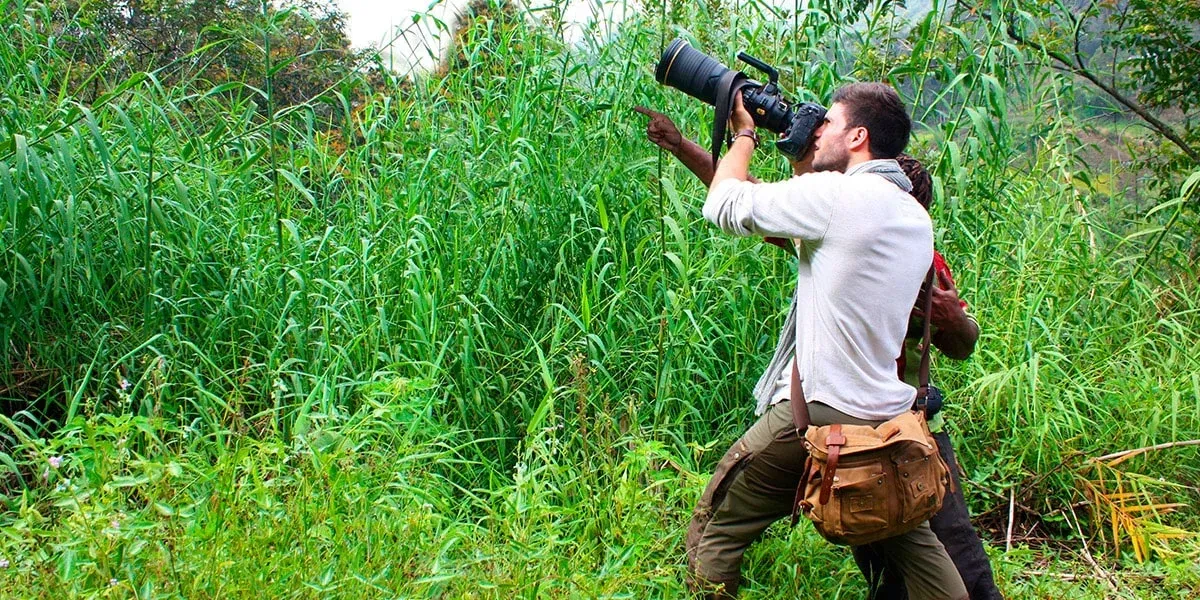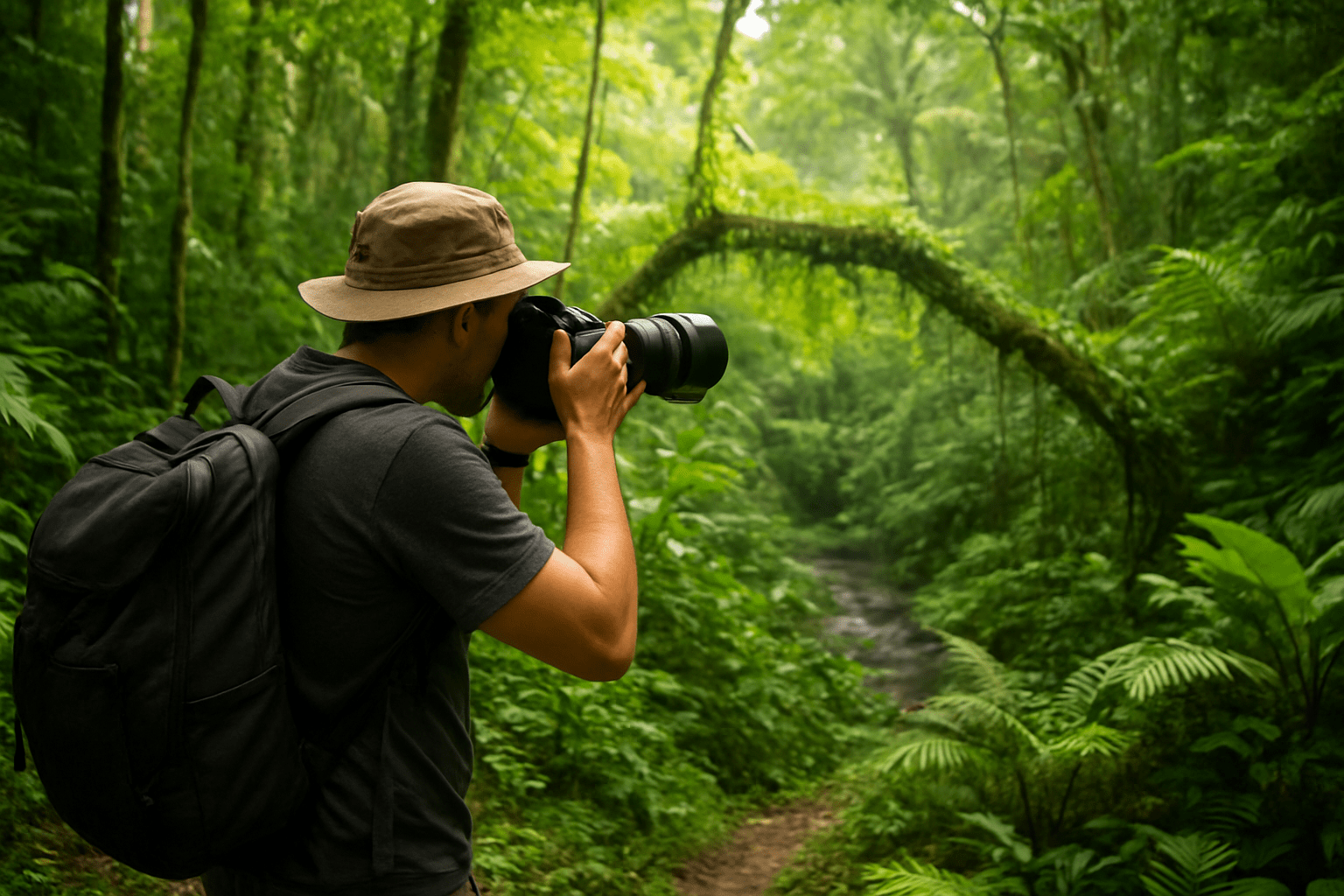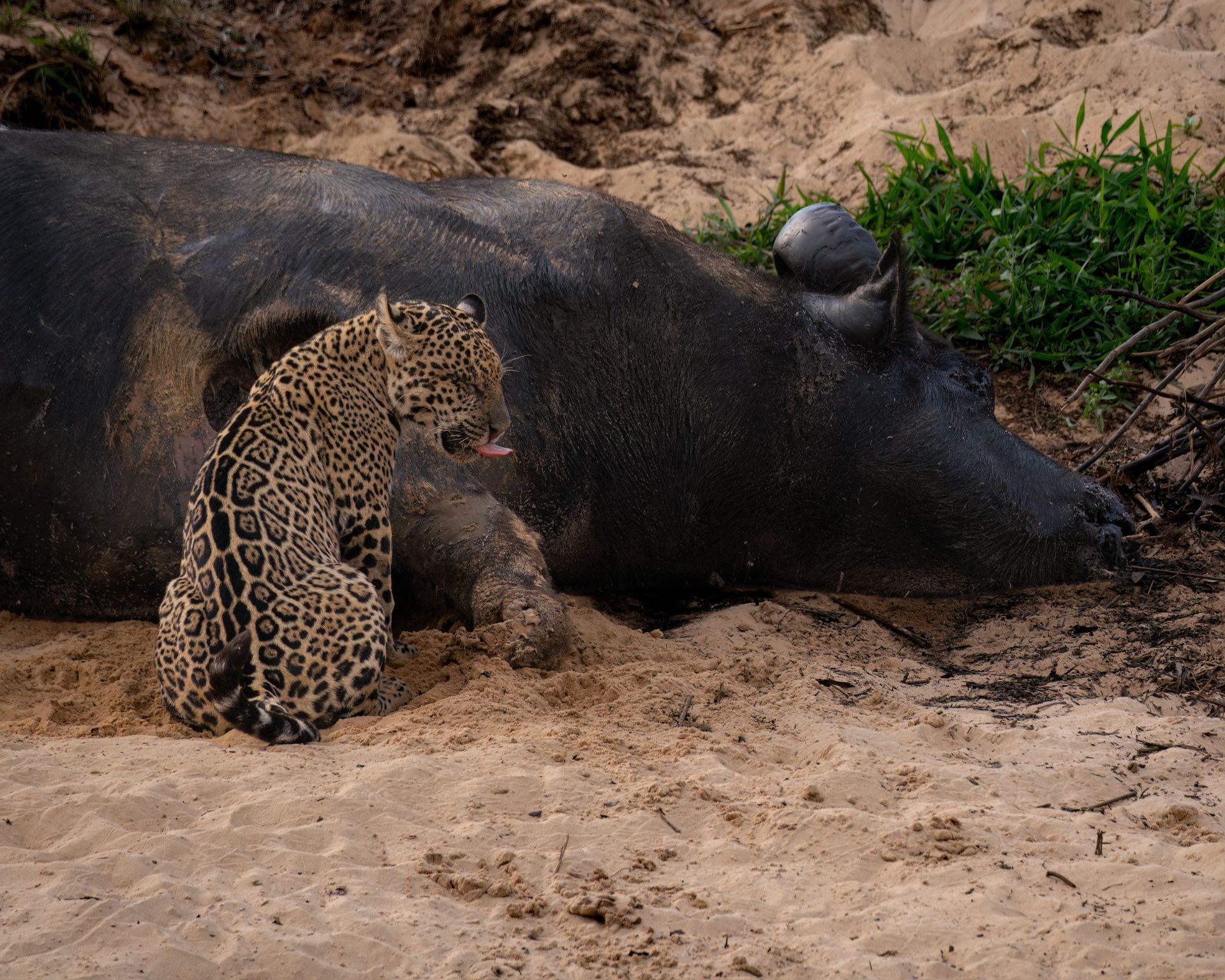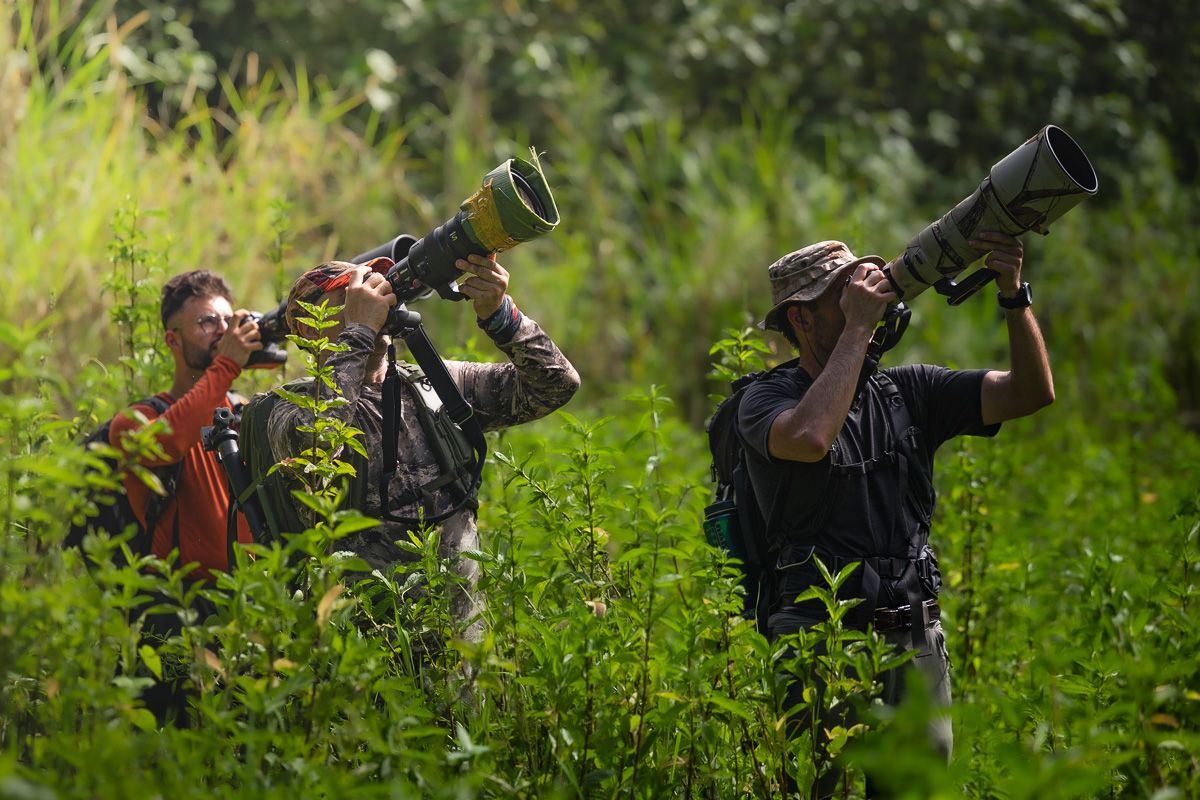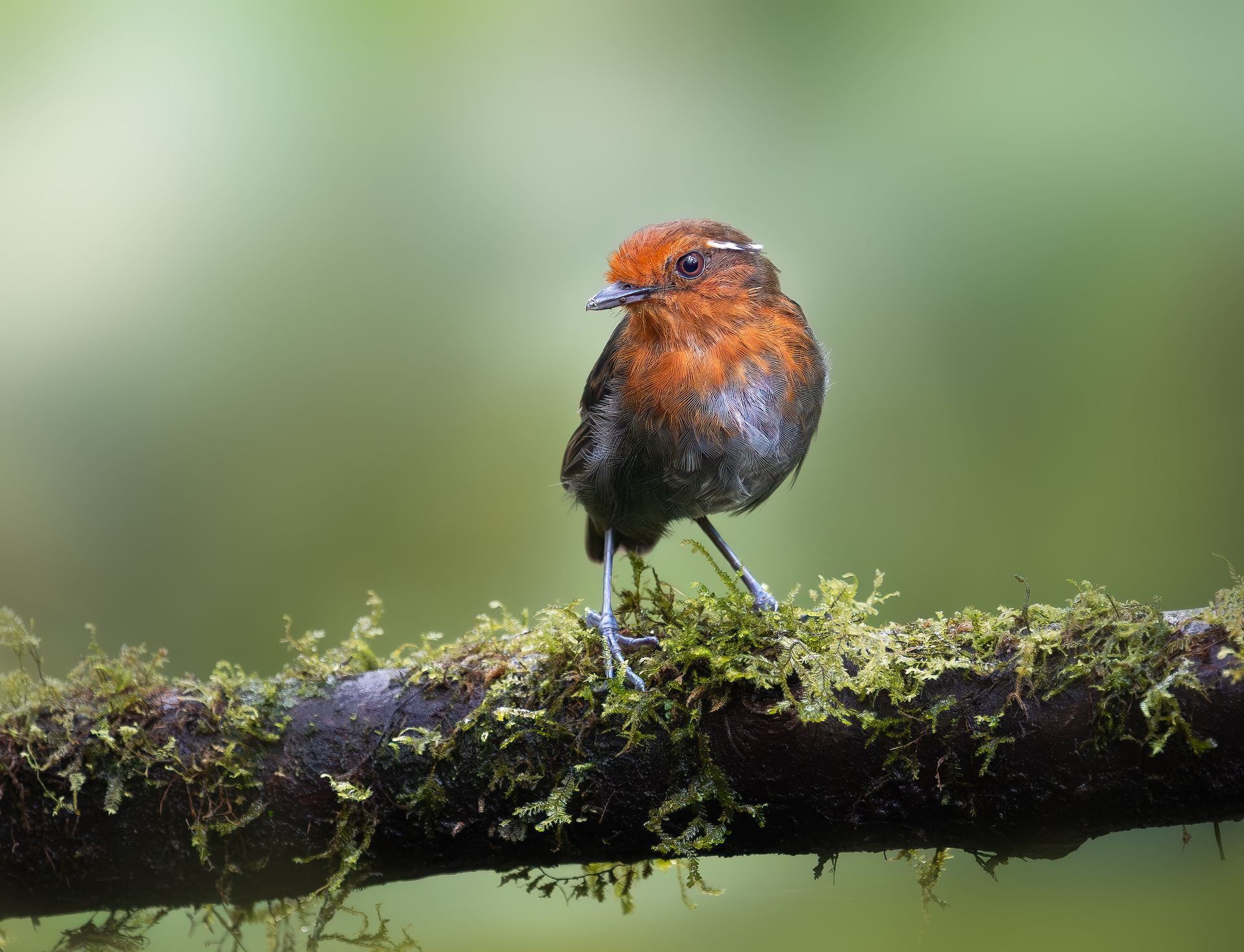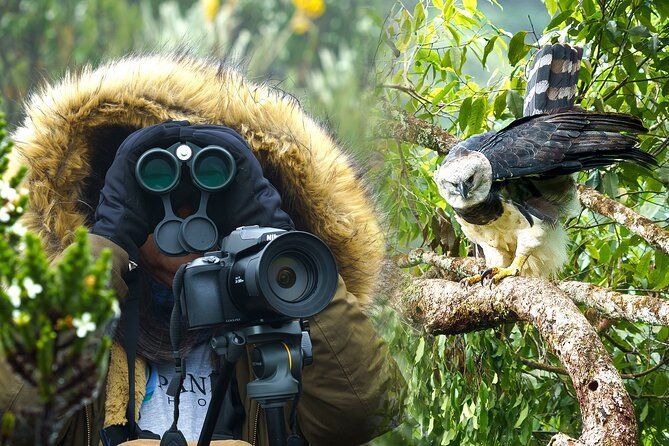How I Captured the Perfect Photo of a Colombian Toucan
Introduction: The Allure of the Colombian Toucan
Colombia is one of the world’s most diverse countries for birds, hosting over 1,950 species, including several iconic toucan species. The bright colors, large bills, and charismatic presence of these birds make them a dream subject for wildlife photographers. Capturing the perfect photo of a Colombian toucan requires patience, preparation, and knowledge of their habitats and behavior.
In this article, I’ll take you through a detailed account of how I managed to photograph a toucan in its natural environment, from preparation to the moment the shutter clicked, as well as tips and techniques for photographers seeking similar experiences.
Understanding the Subject: Colombian Toucans
Before venturing into the field, I spent time researching the toucans of Colombia:
- Toco Toucan (Ramphastos toco) – Recognizable by its enormous orange bill and black-and-white body. Found in lowland forests and savannah edges.
- Choco Toucan (Ramphastos brevis) – Smaller, with distinctive black plumage and colorful bill patterns, inhabiting humid Chocó forests.
- Lettered Aracari (Pteroglossus inscriptus) – A medium-sized toucan with intricate markings on its bill.
Understanding their distribution, behavior, and preferred food sources (mostly fruits, insects, and occasionally eggs or small lizards) helped me predict where and when to find them. Knowledge of these details is critical for successful wildlife photography, particularly with elusive species like toucans.
Pre-Expedition Preparation
Preparation is the foundation of successful wildlife photography. For this shoot, I focused on three areas: equipment, location, and mental readiness.
Equipment Selection:
- Camera: I used a DSLR with a high-speed autofocus system and continuous shooting mode.
- Lens: A 100–400mm telephoto lens allowed me to photograph birds from a distance without disturbing them.
- Tripod/Monopod: Essential for stability, especially in low-light conditions under dense forest canopies.
- Accessories: Rain covers, extra memory cards, spare batteries, and polarizing filters were crucial.
Location Planning:
- I targeted lowland tropical forests in the Chocó region and select reserves near Medellín and Bogotá.
- Feeding areas with fruiting trees were identified using local guides and birdwatching reports.
Mental Preparation:
- I reminded myself that wildlife photography is unpredictable. Toucans may appear briefly and vanish. Patience, adaptability, and quiet observation are essential.
Pre-Dawn Arrival: Observing the Forest Wake
I arrived at the reserve around 5:30 a.m., just as dawn began breaking over the forest. Early morning light provides soft illumination that enhances the colors of toucans and their surroundings.
Steps During Early Hours:
- Quiet Walking: I moved slowly along trails to avoid startling birds.
- Listening for Calls: Toucans have distinctive calls; hearing their distant “yelp” helped locate their position.
- Scouting Perches: I noted likely perching spots in trees with good visibility for photography.
The forest came alive with other bird species too—tanagers, woodpeckers, and hummingbirds—creating an immersive ecosystem experience.
First Sightings: Tracking the Toucan
By mid-morning, I spotted movement among the branches—a toucan perched high above, illuminated by dappled sunlight.
Techniques for Tracking:
- Binoculars First: Observing from a distance allowed me to understand its behavior before attempting to photograph.
- Anticipating Movements: Toucans often hop from branch to branch and occasionally glide short distances. Predicting their next perch was key.
- Approach: I inched closer while maintaining cover behind shrubs and tree trunks.
This phase required extreme patience, as toucans may remain silent and motionless for long periods, blending seamlessly with the canopy.
Capturing the Shot: Composition and Technique
Once I had the toucan in sight, I focused on getting the perfect composition:
- Framing: I composed the bird against a simple background to highlight its colorful bill and plumage.
- Shutter Speed: For perched shots, 1/500–1/1000 sec sufficed; for flying or feeding shots, I increased it to 1/2000 sec to freeze motion.
- Aperture: f/5.6–f/8 helped create a shallow depth of field while keeping the bird fully in focus.
- ISO: Adjusted according to lighting; in shaded areas, I raised ISO slightly while balancing noise reduction.
Additional Tips:
- Focus on the eye: Sharpness in the eye creates a more engaging and lifelike image.
- Capture behavior: Birds in action—feeding, calling, or interacting—tell a story.
- Use natural frames: Branches and leaves can naturally frame the bird, adding depth and context.
Patience Pays Off
After waiting nearly two hours, the toucan moved to a higher perch with unobstructed light, positioning itself perfectly against a backdrop of the morning sky.
- I slowly raised the camera and clicked a burst of shots, capturing its vivid bill, glossy feathers, and alert eyes.
- This single moment required hours of observation and careful positioning, highlighting the patience required in wildlife photography.
Ethical Photography Considerations
Maintaining ethical standards is crucial when photographing wildlife:
- Do Not Disturb: Avoid chasing or calling birds toward you.
- Distance: Telephoto lenses are preferred to maintain space between photographer and subject.
- Habitat Preservation: Avoid trampling vegetation or leaving trash.
- Avoid Flash: Flash photography can startle birds, especially during nesting or feeding.
Ethical practices ensure that future photographers can also experience Colombia’s incredible birdlife.
Post-Processing: Enhancing Without Altering
After the shoot, post-processing helps bring out the best in images while preserving authenticity:
- Exposure Adjustments: Fine-tuned highlights and shadows for balanced lighting.
- Color Correction: Slight enhancement of the bill and feather tones, while maintaining natural look.
- Sharpening and Noise Reduction: Carefully applied to retain details without introducing artifacts.
- Cropping: Improved composition by removing distractions but keeping environmental context.
Post-processing transforms a good image into a compelling one that conveys both the bird’s beauty and its forest habitat.
The Broader Experience: Connecting with Colombia
Photographing a toucan is not only about the final image—it’s about immersing oneself in Colombia’s ecosystems:
- Observing the biodiversity: Every morning brought encounters with other exotic species—hummingbirds, tanagers, and parrots.
- Engaging with local guides: Their knowledge of bird behavior, habits, and hidden trails was invaluable.
- Understanding ecosystems: Learning how birds interact with their environment, including fruiting trees and forest structure, enriched the photographic experience.
These interactions deepen appreciation for Colombia’s rich natural heritage.
Challenges Faced
While rewarding, photographing toucans in Colombia comes with challenges:
- Dense Canopy: Often birds are obscured by leaves, requiring careful positioning.
- Variable Weather: Sudden rain and fog in tropical forests demand waterproof gear and patience.
- Flighty Subjects: Toucans can fly away at a moment’s notice, making timing critical.
- Altitude and Terrain: Some regions involve steep climbs or muddy trails, testing endurance.
Overcoming these obstacles is part of the adventure and enhances the satisfaction of capturing the perfect shot.
Tips for Aspiring Bird Photographers
- Hire Local Experts: Guides know where and when birds are likely to appear.
- Scout and Observe: Watch movements, feeding, and perching habits before shooting.
- Carry Proper Gear: Fast lenses, tripods, and weather protection are essential.
- Practice Patience: Waiting quietly often results in the most striking images.
- Respect Wildlife: Ethical behavior ensures continued access to these habitats.
Following these tips increases the chances of capturing memorable, hih-quality photographs.
Conclusion: The Reward of Persistence
Capturing the perfect photo of a Colombian toucan is both challenging and immensely rewarding. From pre-dawn preparation to golden hour compositions, every step requires patience, observation, and respect for nature.
Photographs of toucans are more than images; they are windows into Colombia’s ecosystems, telling stories of biodiversity, behavior, and the delicate balance of tropical forests.
For wildlife photographers, the experience offers a rare blend of adventure, artistry, and connection with nature. Each successful shot is a testament to careful planning, ethical practice, and the beauty of Colombia’s avian treasures.
Whether perched, feeding, or in flight, the Colombian toucan is an unforgettable subject, and the journey to photograph it is as remarkable as the final image itself.



